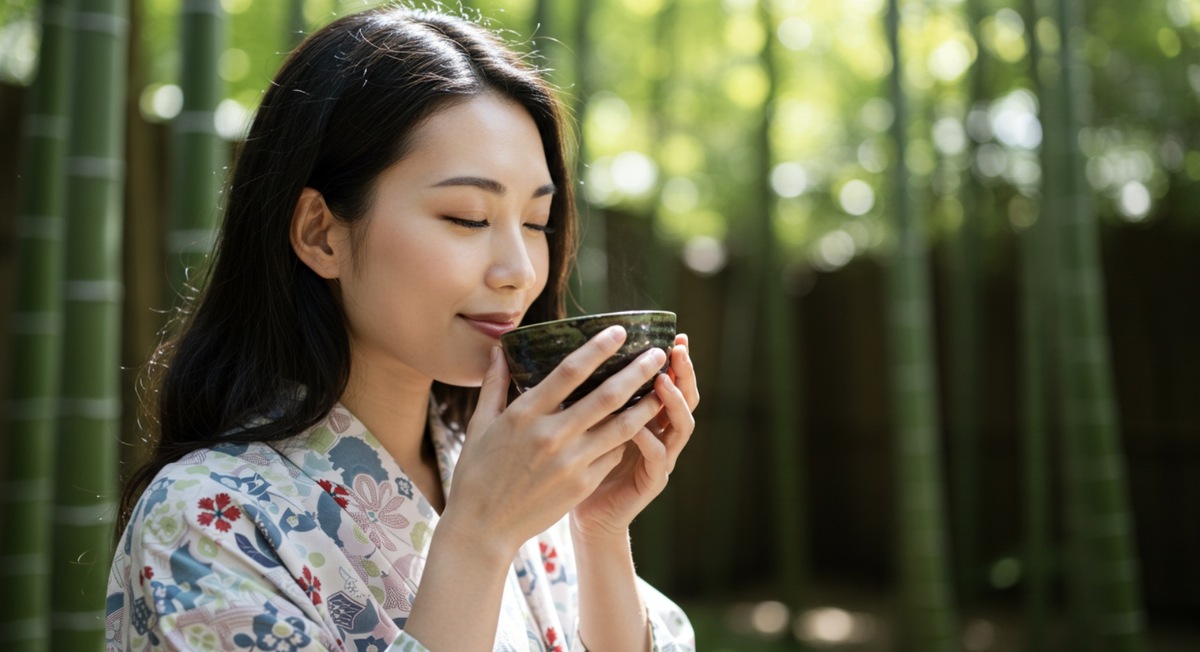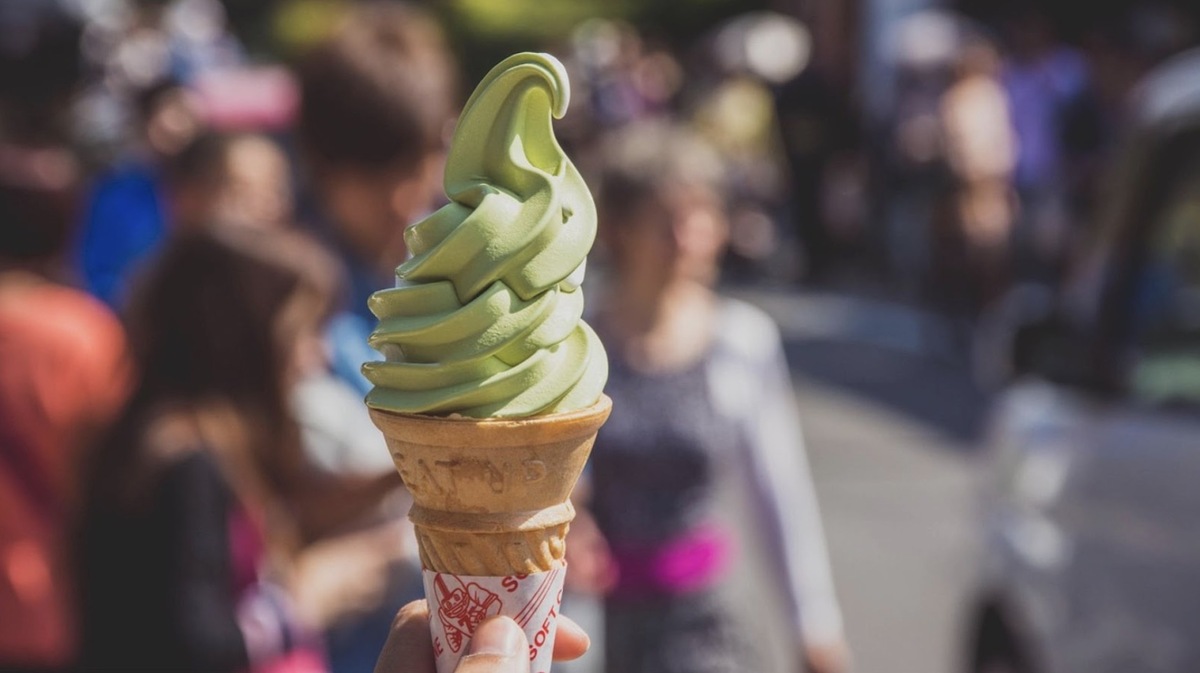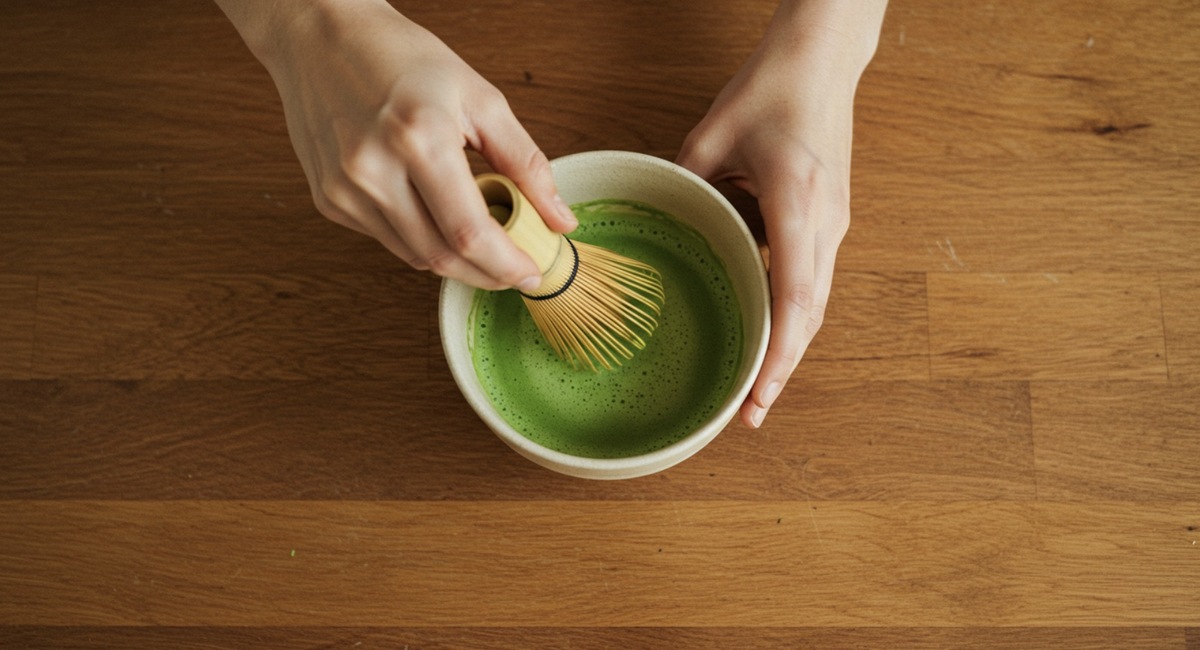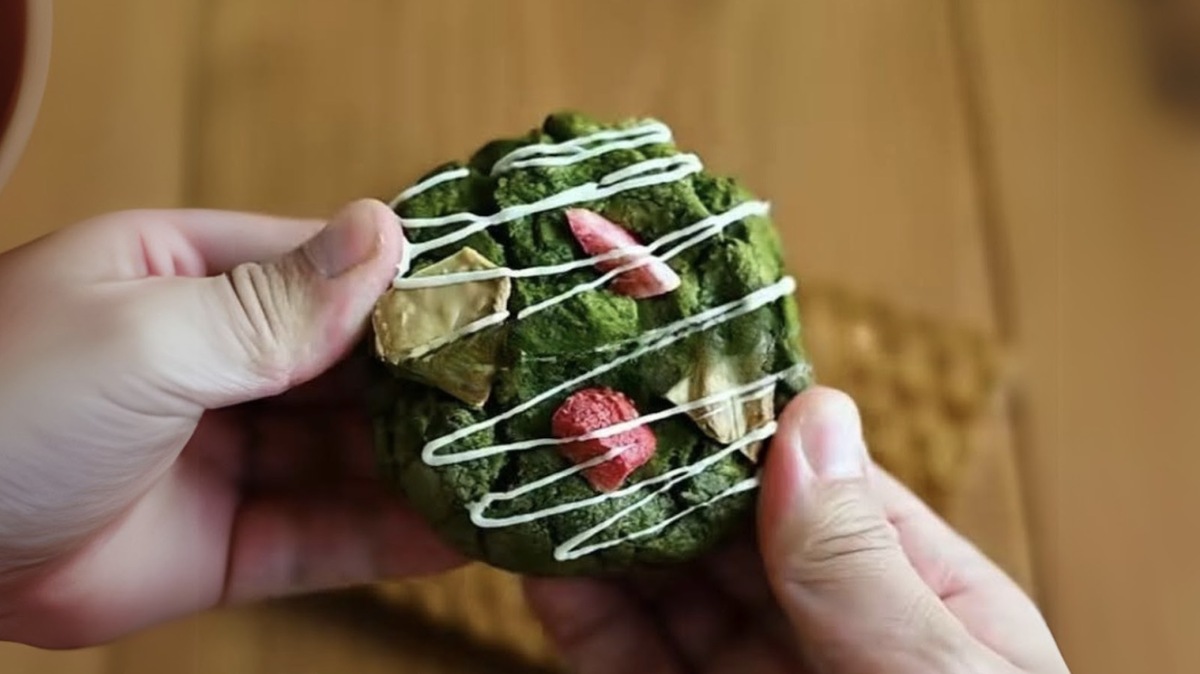What is Matcha?

Matcha is a type of powdered green tea made by finely grinding shade-grown tea leaves known as tencha using a traditional stone mill. The primary production area of tencha is Kyoto Prefecture, Japan—particularly the Uji region, which is internationally renowned for producing high-quality matcha.
Uji, with its rich natural environment, pure water, and centuries-old tea cultivation traditions, is considered the ideal place for growing premium tea leaves. Matcha produced in this region is known as Uji Matcha, a prestigious brand famous for its fragrant aroma, smooth texture, and deep, rich flavor.
Uji Matcha is highly regarded by tea masters and matcha enthusiasts both in Japan and abroad. It is often used in formal tea ceremonies and represents a premium product backed by strict production standards and traditional manufacturing methods passed down through generations.
» Which Japanese Matcha Should You Try First? Real Picks You Can Trust
The Benefits of Matcha

Matcha contains a variety of nutrients that support both health and beauty. Some of the most notable components include:
- Catechins: Powerful antioxidants known for promoting fat burning and providing antiviral and antibacterial effects.
- Theanine: An amino acid that helps with relaxation, mental focus, and is believed to reduce stress and improve sleep quality.
- Vitamins (A, C, E, etc.): These support healthy skin, contribute to anti-aging effects, and help promote a radiant complexion.
Since matcha is consumed in powdered form—unlike regular green or black tea—it allows you to ingest the entire tea leaf, enabling your body to absorb nutrients more efficiently. This is one of the key reasons matcha is prized as a superfood.
Matcha in Modern Life

While matcha is widely known for its health benefits, in Japan it is also enjoyed in a variety of other ways beyond health-focused consumption. In recent years, matcha-flavored products have become especially popular among younger generations.
Matcha lattes, matcha ice cream, matcha puddings, matcha chocolates, and matcha cheesecakes have all become staples in cafés and households alike. Matcha’s subtle bitterness pairs beautifully with sweetness, making it a versatile flavor for many treats.
How to Drink Matcha

The traditional way to enjoy matcha is to prepare it using a bamboo whisk (chasen). A small amount of matcha powder is placed into a tea bowl, hot water is added, and the mixture is whisked quickly in a zigzag motion until frothy. This method brings out a smooth, aromatic cup of matcha.
However, in modern Japan, matcha is more often enjoyed in casual ways. Instant matcha powders that simply dissolve in hot water or pre-mixed matcha latte powders are now widely available. As a result, many Japanese people today rarely use a chasen to whisk matcha—perhaps a surprising fact!
How to Eat Matcha

Matcha isn’t just for drinking—its culinary uses are just as appealing. It pairs wonderfully with both traditional Japanese sweets and Western-style desserts, where its slight bitterness balances sweetness to create depth of flavor.
In Japan, the following matcha-based sweets are especially popular and easy to make at home:
- Matcha ice cream
- Matcha cookie
- Matcha cheesecake
- Matcha terrine
- Matcha chocolate
Each of these recipes is featured on our site—feel free to explore and try them for yourself!